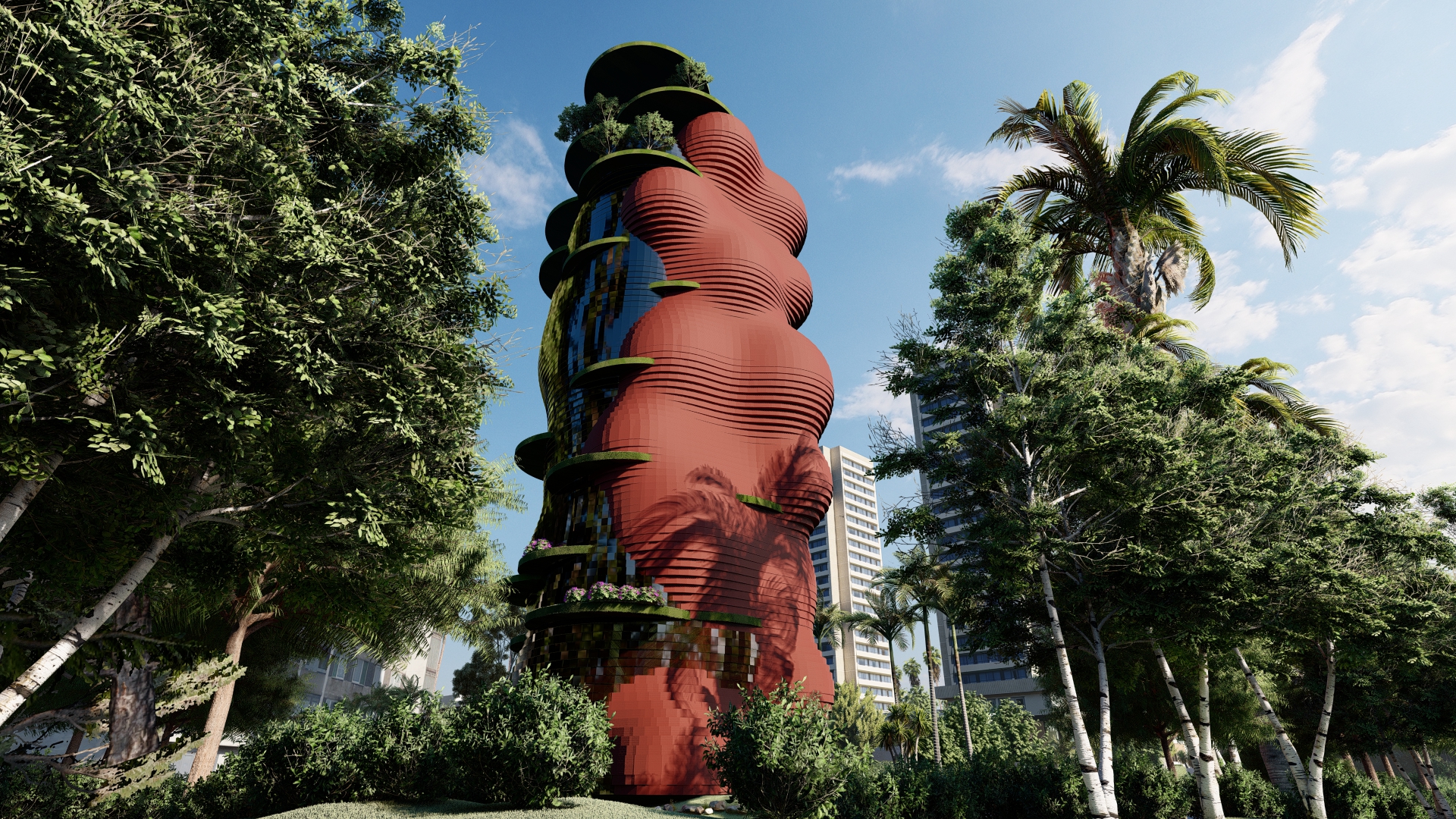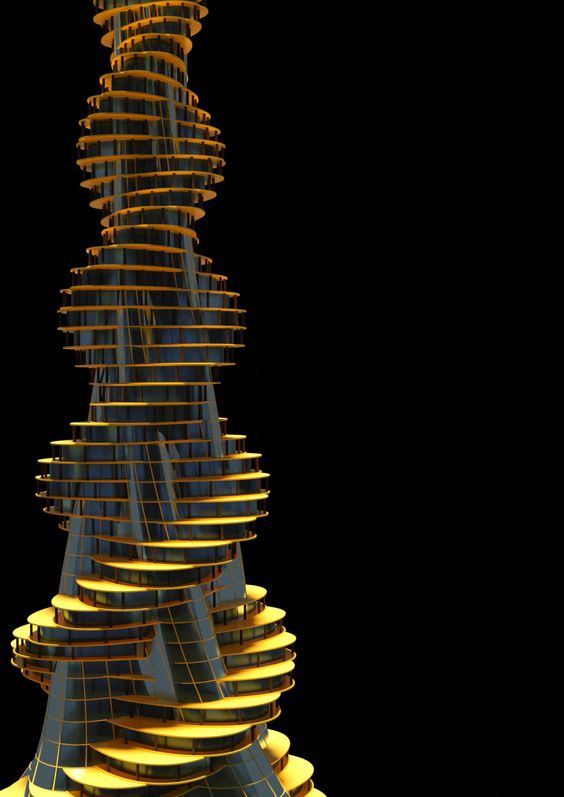From butterfly wing to buildings.
The shapes of butterfly wings is a product of genetic programming, developmental biology, and evolutionary adaptations. Variations in wing shape among different species result from adaptations to their ecological niches, predation pressures, and other environmental factors. Different butterfly species have evolved wing shapes adapted to their specific ecological niches. For example, some species have wings … Read more





